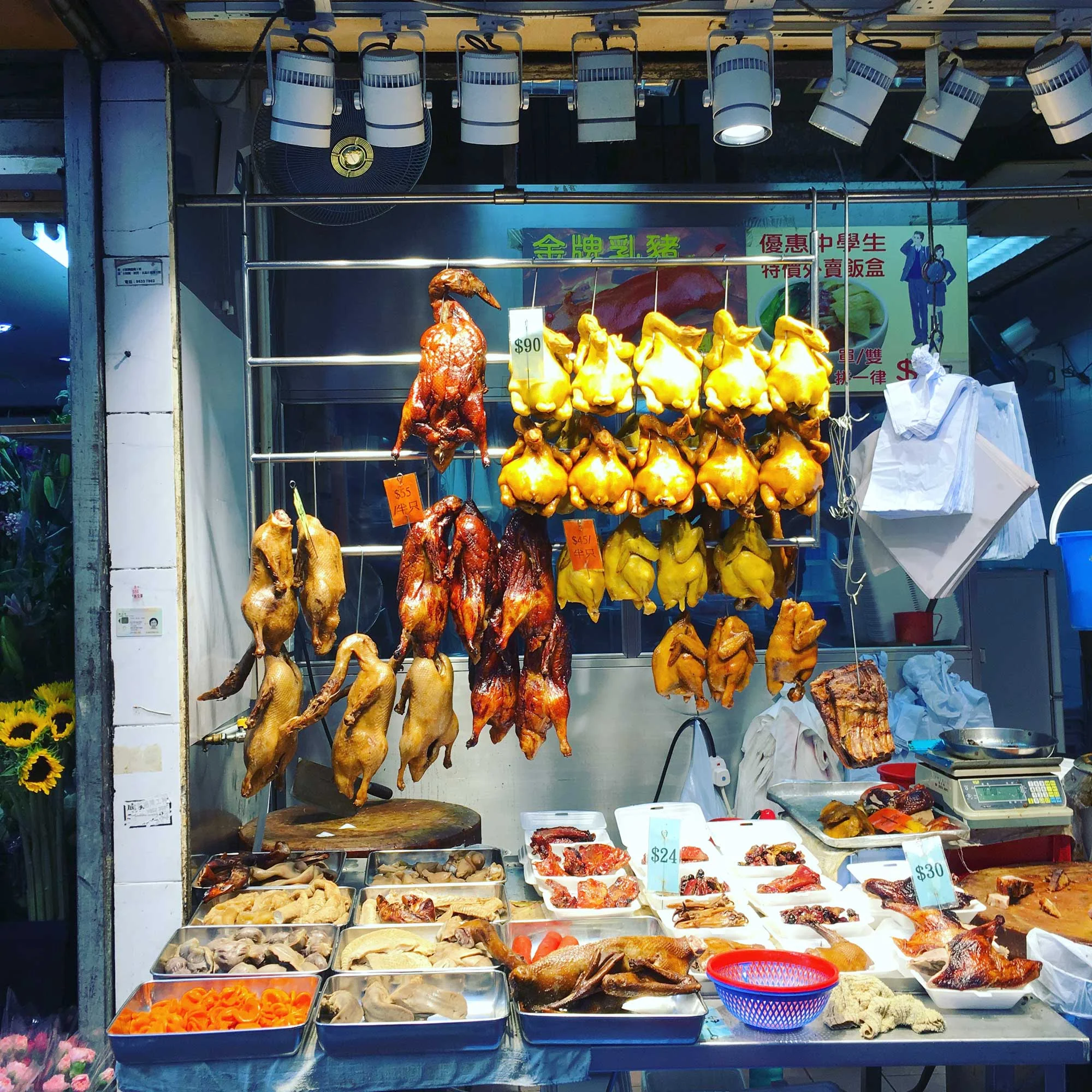Hardboiled Wonderland & the Eggs of the World

Growing up, one of my favorite treats was the soy sauce-stained stew eggs that my Taiwanese mother cooked. So you can imagine my delight when I spent a semester in Taiwan and discovered a whole new dimension to them in form of the ubiquitous “tea leaf eggs” (茶叶蛋 chaye dan). Easy to ladle out of a large batch for a quick bite on the go, tea eggs have become an indispensable offering at convenience stores like 7-11.
Stew eggs – hard-boiled eggs dropped into a flavorful soup – can be found throughout Asia. They’re usually peeled before going into the broth in order to absorb the soup’s flavor and color. In Taiwan, the formula has evolved to take advantage of the island’s world-renowned teas. But because tea leaves make the broth a potent dye, the porous shells are only crackled instead of peeled. Braised in a deep-brown broth of whole tea leaves, soy sauce and five-spice, the eggs absorb these flavors through their cracked shells until the whites become marbled with a tan color.
Thinking about how the stew egg evolved to accommodate Taiwan's favorite flavors, I started to wonder: What would happen if the stew egg traveled to other parts of the world where Chinese have settled? How would their unique regional ingredients or signature dishes enhance the humble egg?
Pictured: Curry eggs, coffee eggs, borscht eggs, asam laksa eggs, turmeric eggs, black bean eggs. Can you tell them apart?
Malaysia: Asam Laksa Eggs
Malaysian cuisine is a rich blend of traditional Malay dishes with Chinese and Indian influences. Nearly a quarter of Malaysians are descended from Chinese who fled there during the Chinese civil war in the early 20th century. Asam laksa is a popular sour and spicy soup that incorporates flavorful ingredients such as shrimp paste, ginger, tamarind and dried mangosteen. It can be made with fish, shrimp or chicken, but adding hardboiled eggs to the mixture while it simmers can result in a hearty protein to be eaten with the soup or saved for a snack.
Russia: Borscht Eggs
China and Russia share a long border and oft-disputed territories. In the past 150 years, many ethnic minorities in China’s northeast have migrated to Russia to escape oppression. Nowadays, Chinese-Russian communities, mostly made up of migrant workers, have established themselves in Moscow and urban centers in Russia’s Far East. These groups are located fairly far away from the parts of the country where Eastern European-style borscht is enjoyed, but if the Chinese-Russian community continues expanding across its adopted homeland, it might eventually create a bright, beet-stained egg.
Cuba: Black Bean Soup Eggs
During the mid-19th century, Chinese workers were brought to Cuba to work in the sugar plantations that fueled the island’s economy. Initially made up exclusively of male contract workers, this generation intermarried with natives and thrived. But after the Cuban revolution in the 1950s, most Chinese-Cubans left the country, taking their culture and cuisine to the United States and other parts of the Americas. If they hadn’t, maybe the Chinese penchant for stewing eggs would have crossed paths with Cuban black bean soup to create a black bean-speckled egg.
India: Bengali-Style Egg Curry
Chinese settlement in India began around Calcutta in the 18th century, but after the Sino-Indian War in 1962, many ethnic Chinese in India were detained or deported, decreasing the Chinese-Indian community by about half. Thankfully, the relationship between the two countries eventually improved, and Calcutta developed an Indian-Chinese fusion cuisine all its own. India has a tradition of adding hard-boiled eggs to soups and stews (where they serve as an inexpensive protein for the largely vegetarian population), and the Bengali egg-and-potato curry known as dimer dalna draws on masala seasonings.
Iran: Turmeric Eggs
Chinese immigrants have lived in what is now Iran since the Ming Dynasty (1368-1644), when Persian rulers imported Chinese workers to train their own artisans to make ceramics; the cultural exchange had a lasting impact on Persian art. Nowadays, however, Iran is home to only a very small Chinese population. Chinese culture may not have influenced Iran’s cuisine as much as its pottery, but if we were to take e jo – a traditional Persian chicken and barley soup tinted with turmeric – and toss in a few cracked eggs to stew ... voila!
US: Coffee Eggs
The first Chinese Americans hoped to strike it rich in the California Gold Rush of the mid-19th century; nowadays, nearly four million Americans claim some Chinese ancestry. If another version of the tea egg was to emerge, it would probably be here, in this vast and varied community. But while tea is the everyday beverage of choice in China and Taiwan, coffee is its American counterpart. Given that coffee and eggs are the main components of a typical American breakfast, it’s not too wild to imagine a fad mash-up of the two.
text and photos by Cathy Erway
Recommended reading
Farm fresh ingredients are always best, right? Not for hardboiled eggs, says Cathy Erway in her "How To Shop For Eggs" feature for Serious Eats:
If your egg is less than one week old – generally, this will only occur with small producers such as farmers at the farmers market, or eggs from hens that you or your neighbor raised – the shells will be extremely difficult to peel.
Another use for older eggs: Scramble them with sweet potato starch and oysters like they do in the streets – the streets of Taiwan, that is. Try Cathy's recipe for "O Ah Jian," otherwise known as a Taiwanese oyster omelet (蚵仔煎 ezai jian), adapted by Tasting Table from her latest book The Food Of Taiwan.
Cathy Erway's most recent book is The Food of Taiwan. She blogs at Not Eating Out In New York, hosts the weekly podcast “Eat Your Words” at Heritage Radio Network and is the author of The Art of Eating In: How I Learned to Stop Spending and Love the Stove.







